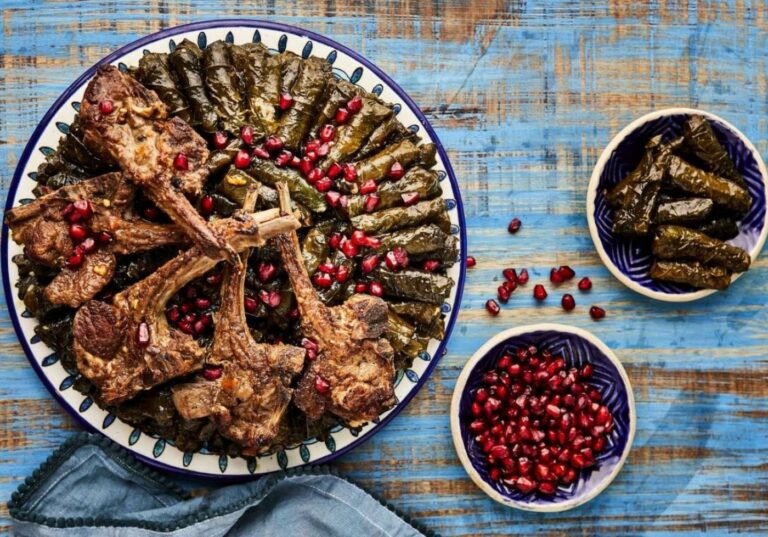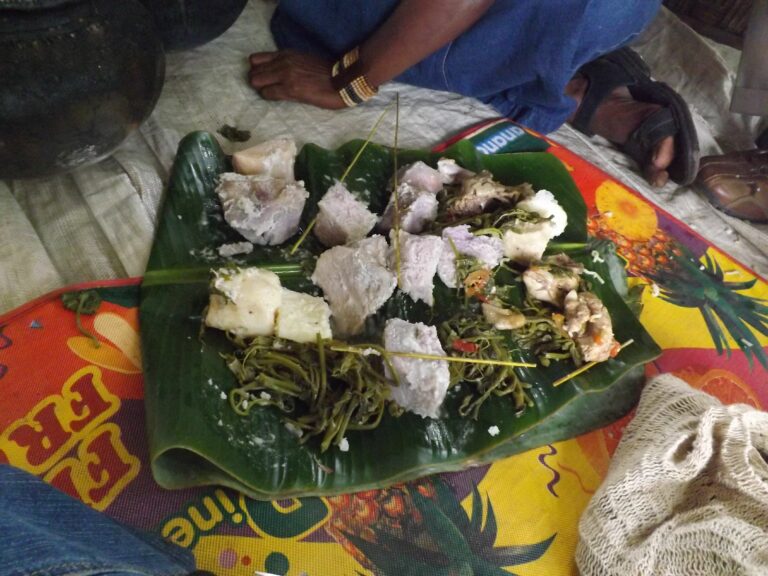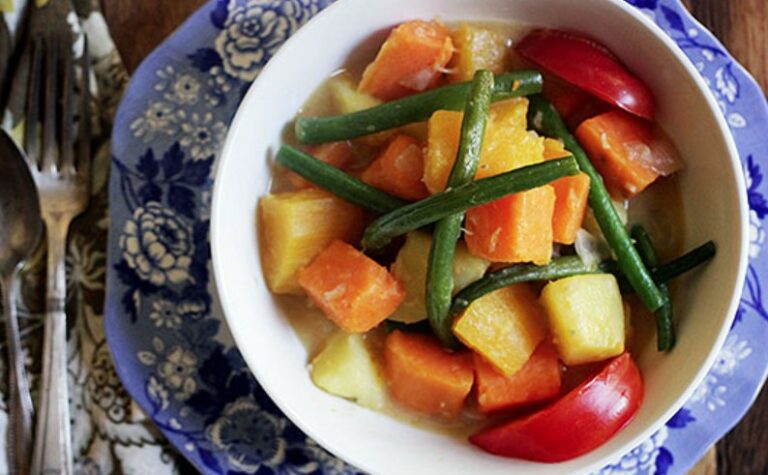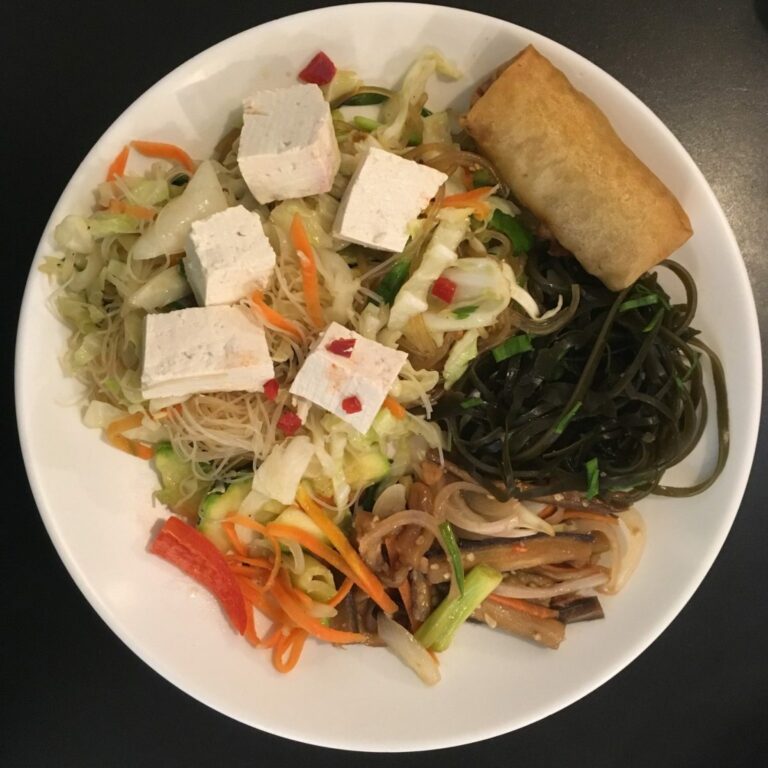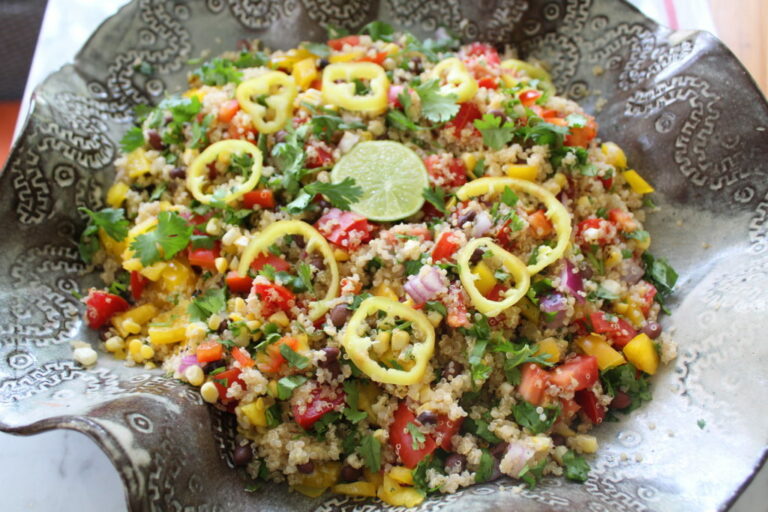Introduction: Palestinian Cuisine
Palestinian cuisine is a rich and diverse cuisine that has been influenced by many cultures over the centuries. It is characterized by its use of fresh ingredients, herbs, and spices, and is known for its flavorful and aromatic dishes. Palestinian cuisine is also known for its meat-based dishes, but are there vegetarian options available for those who do not consume meat?
Vegetarianism in Palestine
Vegetarianism is not a new concept in Palestine. In fact, many Palestinians have been practicing vegetarianism for centuries due to religious or cultural reasons. Vegetarianism is also becoming more popular in Palestine due to health and environmental concerns. However, it can be challenging for vegetarians to find suitable food options while traveling or dining out in Palestine.
Vegetarian Dishes in Palestinian Cuisine
Despite being known for its meat-based dishes, Palestinian cuisine has a variety of vegetarian options available. Some of the most popular vegetarian dishes in Palestine include:
- Musakhan: a dish of roasted bread topped with onions, sumac, olive oil, and pine nuts.
- Mujadara: a dish of lentils and rice topped with caramelized onions.
- Fattoush: a salad made of mixed greens, tomatoes, cucumbers, radishes, and fried pita chips.
- Maftoul: a dish of hand-rolled couscous made from whole wheat flour and semolina.
- Bamyeh: a dish of okra stewed in a tomato-based sauce.
Ingredients Used in Palestinian Vegetarian Cookery
Palestinian vegetarian cookery relies heavily on fresh vegetables, herbs, and spices. Some of the most commonly used ingredients include eggplants, tomatoes, cucumbers, zucchini, onions, garlic, mint, parsley, and cilantro. Chickpeas, lentils, and beans are also commonly used as a source of protein in vegetarian dishes.
Conclusion: Vegetarian Options Abound
Despite being known for its meat-based dishes, Palestinian cuisine offers a wide variety of vegetarian options. Vegetarians in Palestine should have no problem finding suitable food options, whether dining out or preparing meals at home. Palestinian cuisine is known for its use of fresh ingredients and herbs, making for flavorful and satisfying vegetarian dishes.
Recommendations for Vegetarians in Palestine
Vegetarians traveling to Palestine should try some of the popular vegetarian dishes mentioned above, as well as other traditional Palestinian dishes that can easily be made vegetarian by omitting the meat. Some restaurants in Palestine also offer vegetarian versions of their meat-based dishes. It is also recommended to communicate dietary restrictions clearly when dining out to ensure a suitable meal. Overall, vegetarians in Palestine can look forward to enjoying a delicious and diverse cuisine.

